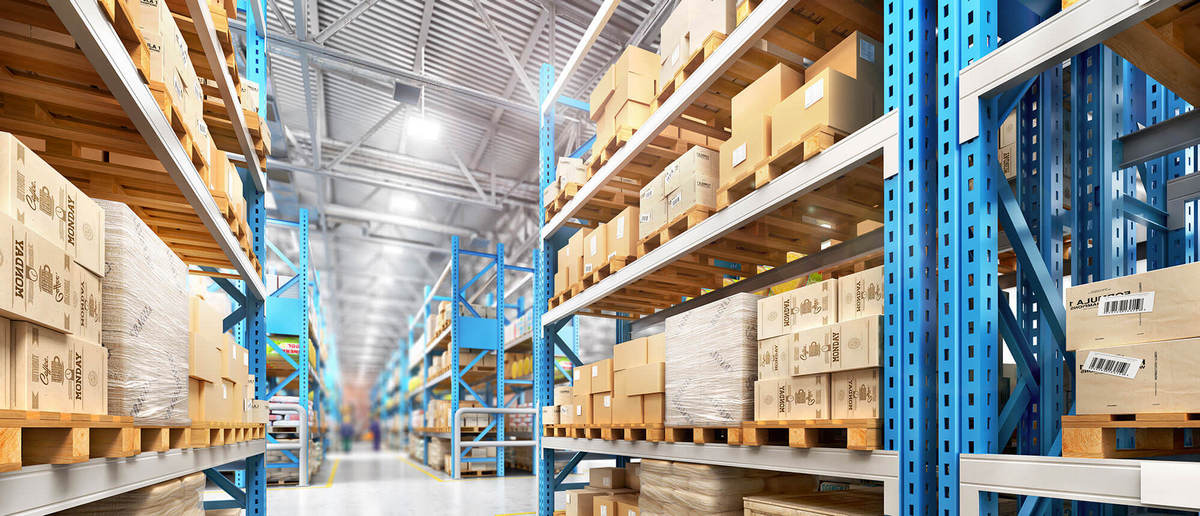There are many types of e-commerce fulfillment centers available with different options and capabilities, understanding the differences between these services are critical, as it can be very difficult and costly in the future to change fulfillment centers.
Location of the Fulfillment Center
Find an e-commerce fulfillment center that is located strategically for the customers. The goal should be to ensure that customers receive their orders as fast as possible at the lowest cost. If a majority of a company’s customers live in New York then working with a fulfillment center in California will not provide the business with a competitive advantage, nor will it enable the company to provide customers with timely deliveries.
Furthermore, if customers are located in both the United States and the United Kingdom, then it may be beneficial to research the establishment of an international fulfillment center within the United Kingdom, enabling the company to more effectively compete with merchants overseas.
The location of the e-commerce fulfillment center should be either within or in close proximity of an airport or shipping facility. The faster the fulfillment center can get the orders out to the major carriers, such as USPS, FedEx, and UPS the faster the customers will receive their orders. In addition, the location of the fulfillment center should not be in an area prone to natural disasters or economic turbulence that could be disruptive to daily operations.
Use of Technology in E-commerce Fulfillment Centers
Ensure that the e-commerce fulfillment center is technologically advanced and able to handle additional volume as the company grows. If the center is still manually printing invoices, then it’s unlikely that the center will be able to handle an explosive growth in business, resulting in orders that aren’t shipped on time, if at all, and loss in the area of customer retention efforts.
Question the e-commerce fulfillment center’s ability to handle a surge of orders, what their average delay is around the holidays, and the technology used on the floor to ensure accuracy. Fulfillment centers that allow for real-time monitoring of inventory through an online portal are optimal.
This allows the business to receive alerts as inventory gets too low, request for additional kitting before selling out, and monitor the fulfillment center’s daily performance. Ask if the e-commerce fulfillment centers offer real-time reporting and is able to connect to the shopping cart for real-time shipping.
There are e-commerce fulfillment centers that also offer to host the business’s online shopping cart which can be very efficient for smaller e-commerce businesses. The biggest disadvantage of this is that the company is unable to customize or add additional features to this shopping cart and must change the shopping cart if it decides to switch fulfillment centers in the future.
Some fulfillment centers will charge a company around $2,000 for the initial integration of the shopping cart to the business’s website and can make customized modifications for $65 to $150 an hour. If the business decides to move to another fulfillment center, this entire investment is lost and the business will have to start over.
Monthly and Additional Fees Associated With E-Commerce Fulfillment Centers
When looking at different e-commerce fulfillment centers, inquire about their various fees. For instance, there is usually a surcharge for sending orders overseas versus domestically and a per-item fee for each product in an order. Here is a list of fees frequently charged by e-commerce fulfillment centers:
- Setup fee
- Integration with your shopping cart (for real-time shipping)
- Monthly management fee
- Fee per order
- Fee per additional item in each order
- Fee for shipping international
- Delivery confirmation
- Returned items
- Address correction / ship method correction fee
- Receiving and restocking fee
- Kitting or assembly fee
- Material fee
- Storage per cubic foot per month fee
- Accounting processing (if you opt for them to handle your shopping cart)
- Product photos (normally an optional service)
- Labor / Special projects (ex: if you want them to physically count inventory levels)
- Freight quote service (sometimes waived if you use the quote)




